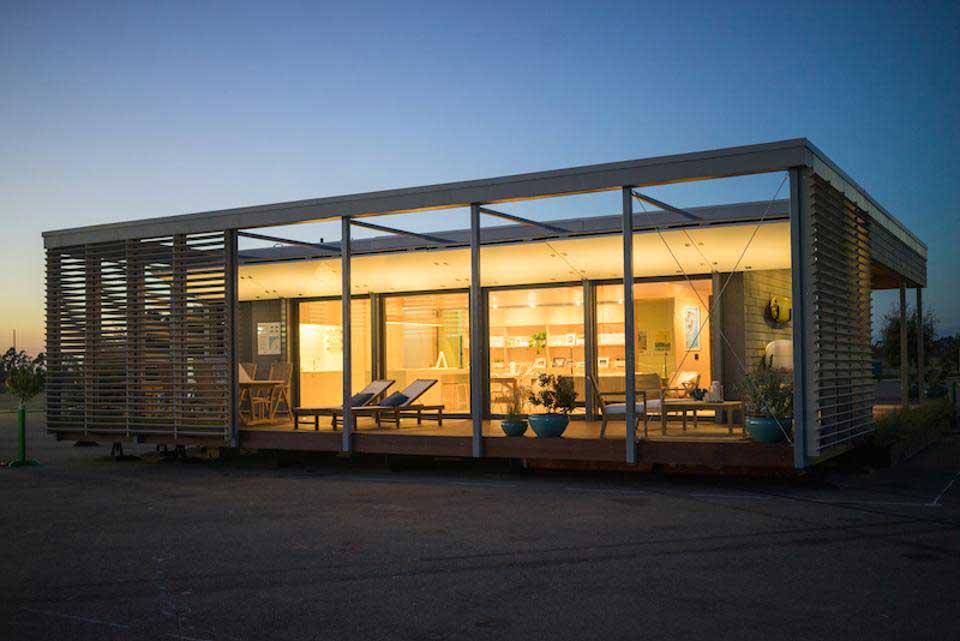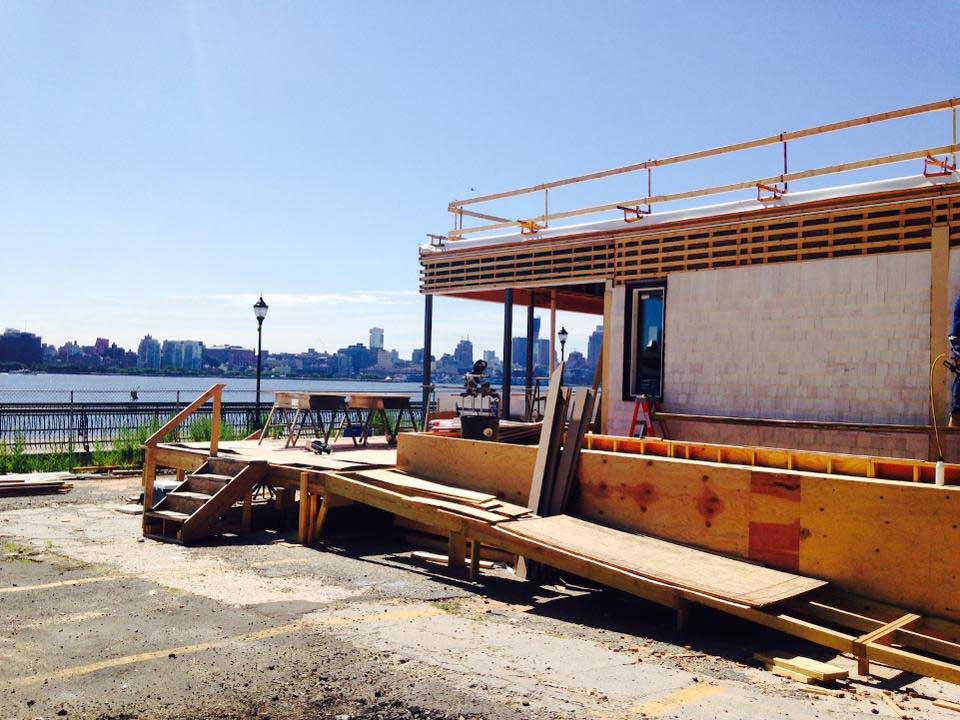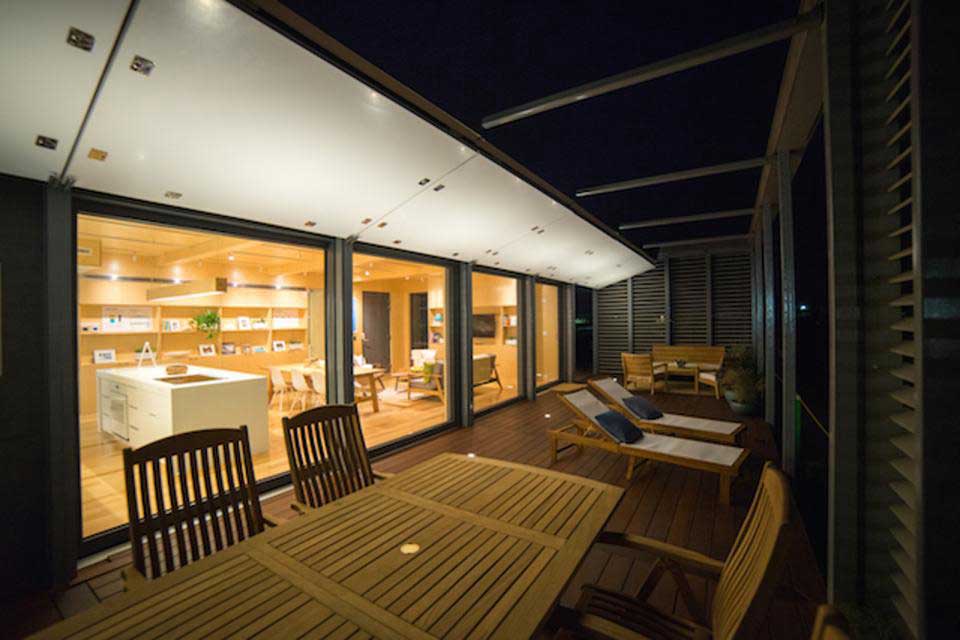
Building A House To Survive A Future Storm
Apr 18, 2020

The SU+RE House was built by the students of Stevens Institute of Technology for the Solar Decathlon. PHOTO COURTESY OF PHOTOGRAPHER JUAN ALICANTE FOR PREFABULOUS SMALL HOUSES, PUBLISHED BY TAUNTON PRESS The Solar Decathlon, sponsored by the United Sates Department of Energy, creates terrific opportunities for students in the U.S. and around the world. It is a chance for the teams of students to imagine and actualize houses with innovative technologies.
The SU+RE House, designed by Stevens Institute of Technology in Hoboken, New Jersey, for the Solar Decathlon, was designed to address the need for sustainable and resilient homes in East Coast communities along the New Jersey and New York shorelines, which are at great risk of rising sea levels and damaging storms. The house was inspired by the devastation caused by 2012’s Hurricane Sandy, which directly affected residents of the metropolitan area as well as some students involved in this project.

This shows the house under construction in NJ, overlooking NY. PHOTO BY THE AUTHOR.
The house, 997 square feet, was built to withstand major storms and to provide energy and water when power is lost. Two photovoltaic panel (PV) systems (one on the rooftop and one on the south-facing operable shutters) provide electricity and hot water for the home’s energy and hot water needs throughout the year.
Instead of using bulky, heavy glass PV panels that are typically attached to a roof rack, the team used a lighter, more adaptable system. The panels are attached to the flood-resistant storm shutters, without inhibiting the shutters’ operation. The panels collect sunlight when the shutters are in the open position to make energy for hot water. During a storm, the shutters are lowered to protect the house from heavy rain and flying debris. If a panel is damaged, it can easily be repaired or replaced, rather than having to replace the entire system.
More Children Than Ever Need UNICEF’s Support — And Yours
The team developed a domestic hot water system that is sustainable and resilient. In most systems, the standard device that converts solar energy to usable house current can become disabled in a storm, so the students developed a different system that ensures hot water even when the house is detached from the grid. The innovation combines a PV electric hot water system and an integrated heat pump hot water heater.

The operable shutters are secured open above the deck on the south side of the house.
The operable shutters are secured open above the deck on the south side of the house. PHOTO COURTESY OF PHOTOGRAPHER JUAN ALICANTE FOR PREFABULOUS SMALL HOUSES. PUBLISHED BY TAUNTON PRESS
Other innovations were designed to protect the house against flooding with cutting-edge insulation, specially designed operable shutters, air sealing and exterior sheathing, which produces a waterproof barrier. The team used marine construction techniques, such as durable plastic panels laminated to standard home sheathing. A structural adhesive typically used below the waterline in marine applications was applied to the sheathing between the panels. This bond creates an impenetrable seal, protecting the lower part of the house up to the local designated flood height regulations. To further seal the envelope of the house, rubber gaskets were used between moving parts, such as on the storm shutters.
This house is designed to be built at a lower height than the design flood elevation designated by the Federal Emergency Management Agency and the National Flood Insurance Program. Keeping the building low to the ground also maintains architectural traditions of the area, reduces the cost of building on stilts, and makes the house accessible to the elderly and handicapped, who would have difficulty climbing to the recommended flood-protection heights. To build at lower elevations, the team designed a protective building envelope that would endure a massive storm.
In addition to protecting the house from floodwaters and providing energy through the storm, the team built the house to Passive House standards. The team was able to reduce the house’s demand for energy by about 91% over the average New Jersey house. It was also built to be cost-effective, durable and with minimal maintenance.
To help the community during a blackout, the house has a charging hub on the exterior so neighbors without power can charge their electric devices.
This house serves as a wonderful, pragmatic solution for residences near the shore and currently as a Liberty Science Center in Liberty State Park in Jersey City, New Jersey.

